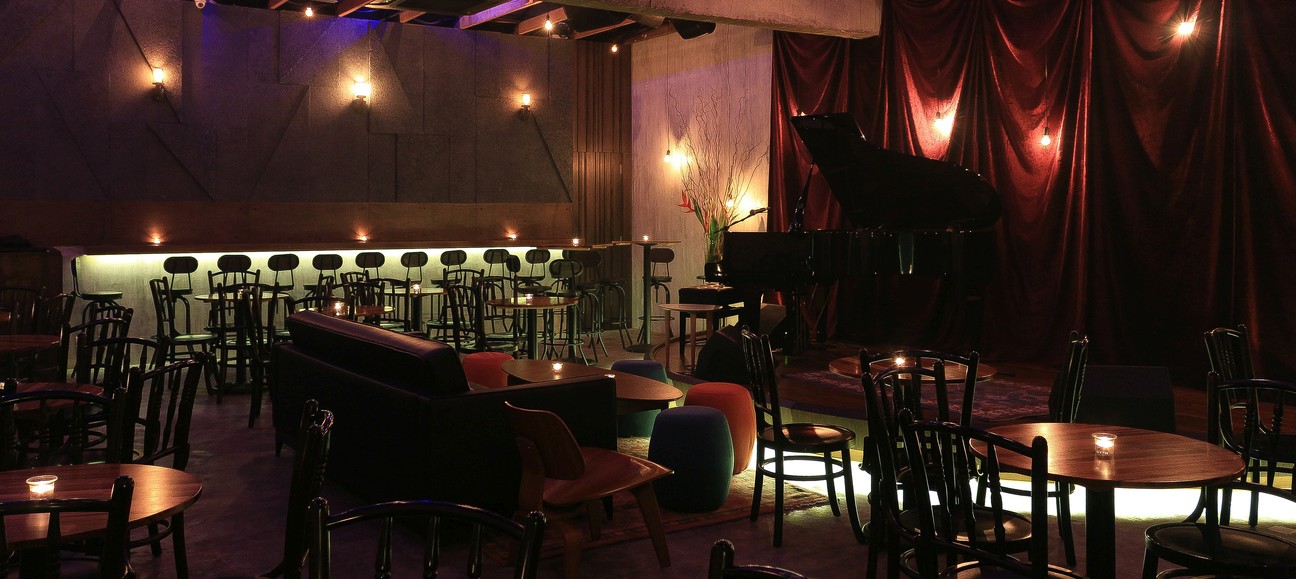Interwoven with local beats and heady stylistic cues, modern jazz has found its own unique niche here in Malaysia.
Let’s be honest: jazz has never enjoyed widespread mainstream popularity, even in the country from which it originated. Many find the genre off-putting because it is entirely and whimsically complex, defying the comforting musical formula of most compositions. Scat singing, dissonant chords, and improvised melodies are overstimulating for what is expected of a well-made song.
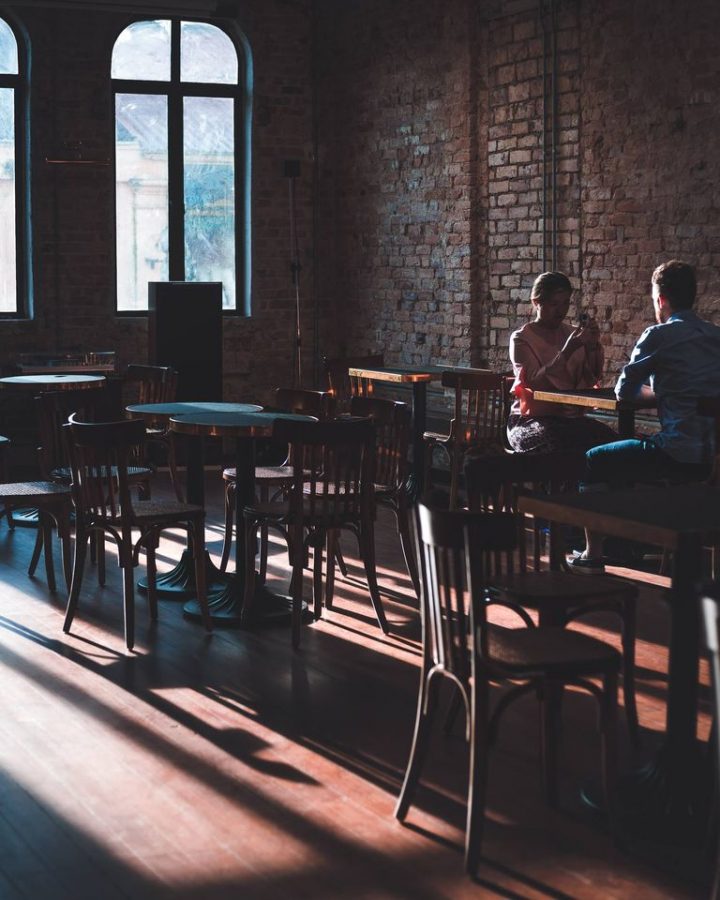
But jazz is polarising for these reasons. Some people see a stroke of genius in its stream-of-consciousness riffs. Those jarring notes, instead, are brilliant devices of tension which release into a tune that falls into place. The jazz genre’s ability to divide is telling of its malleability, grounded in its spread to countries and cultures all over the world, including Malaysia.
Penang – or more accurately, the Penang House of Music – can be credited in no small part for introducing jazz to the country. The House, now an archival lynchpin for Malaysia’s jazz heritage, acquired its first sets of vinyl music from America in the 1930s, and from there it was snatched up by dance clubs. The genre also had the help of cinema and theatre in the following decades, giving Malaysians a taste of the time’s trendy music. Developments in concert touring back in the West also brought jazz right to Malaysia’s doorstep in the flesh. It was the coaching and directorial work of American composers that eventually took the country from listening to making jazz.
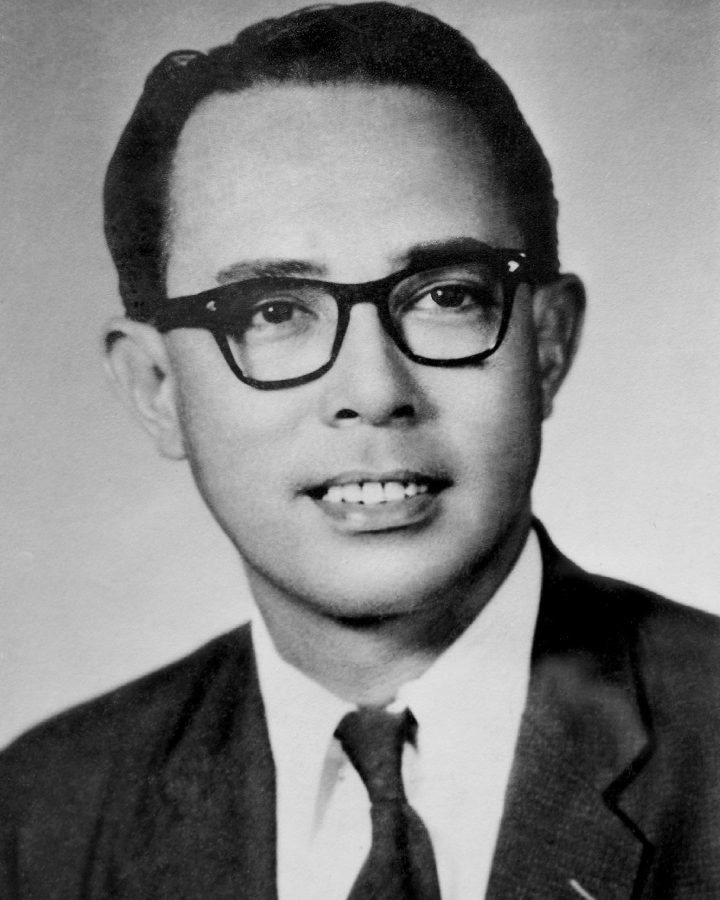
Even among the first batch of Malaysian jazz musicians, fusion sounds between the genre and local music – Malay ethnic sounds, specifically – are distinct. The popular compositions of Jimmy Boyle, a Penang pianist, are alike to Chet Baker’s relaxed instrumentalism. One such song, ‘Chendering,’ pairs it with the affectionate lyricisms of the Malaysian landscape. Boyle is also known for his many patriotic anthems, including Penang’s anthem ‘Untuk Negeri Kita (For Our Country)’.
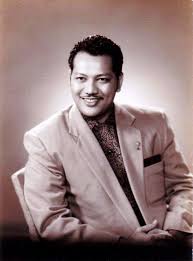
It’s in these songs we can better hear the full convergence of Western jazz and Malay music. This fusion genre knew how to combine orchestral strings with the upbeat percussions of traditional dances, namely the ronggeng and joget. Ahmad Nawab, a saxophonist and clarinettist, also followed this trend, with his skill in the saxophone taking the spotlight in soulful runs. Famous jazz collaborators of these two men during the mid-century period include the legendary actor P. Ramlee and Zainal Abu.
The general adaptability of jazz to different eras and cultures has since presented a diverse panoply of musicians in Malaysia. In the ’80s, Sheila Majid was dubbed Malaysia’s Queen of Jazz. She brought the genre closer to mainstream pop music with her strong incorporation of the synth and strings. Songs like ‘Sinaran’ and ‘Dia’ feature instrumental jazz breaks led by the saxophone. Any Gen X could identify Majid as their time’s music icon, but for millennials, this person would be Zee Avi, who rose to popularity in the 2010s. Avi’s use of the ukelele and Norah Jones-style vocals form a mellower and carefree perspective to the genre. Her most popular song, ‘Kantoi,’ has gained international attention. Linguists have studied the song for its use of both English and Malay.
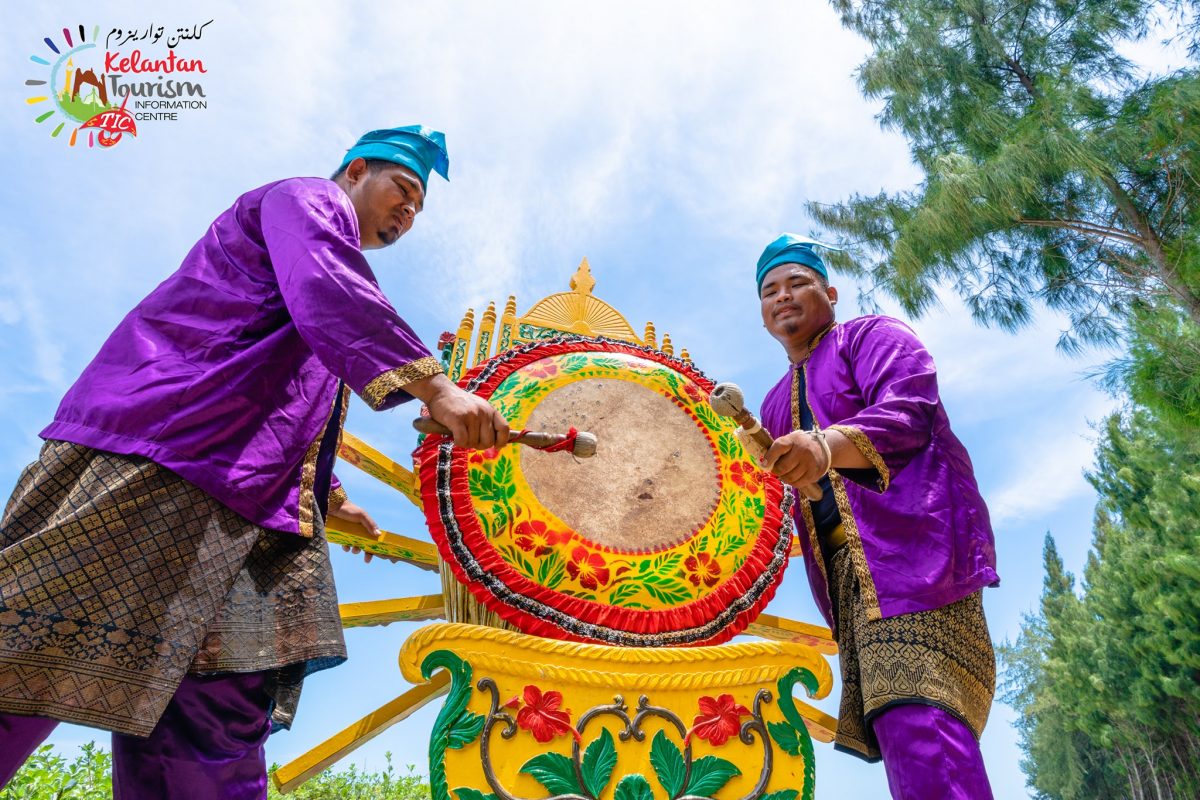
This use of rojak – which refers to the colloquial language that mixes English, Malay, and Chinese – has helped to denote Malaysian identity in the international canvas of modern jazz. The Shang Sisters, for example, sing in all three languages in the Nanyang jazz style of 1930s Shanghai. Another of their musical quips is their complex three-part harmonies, which pair well with the swing subgenre and doo-wop. The sisters’ cheeky gamine style and colourful performances are easily imaginable in the dance clubs where jazz first found its place.
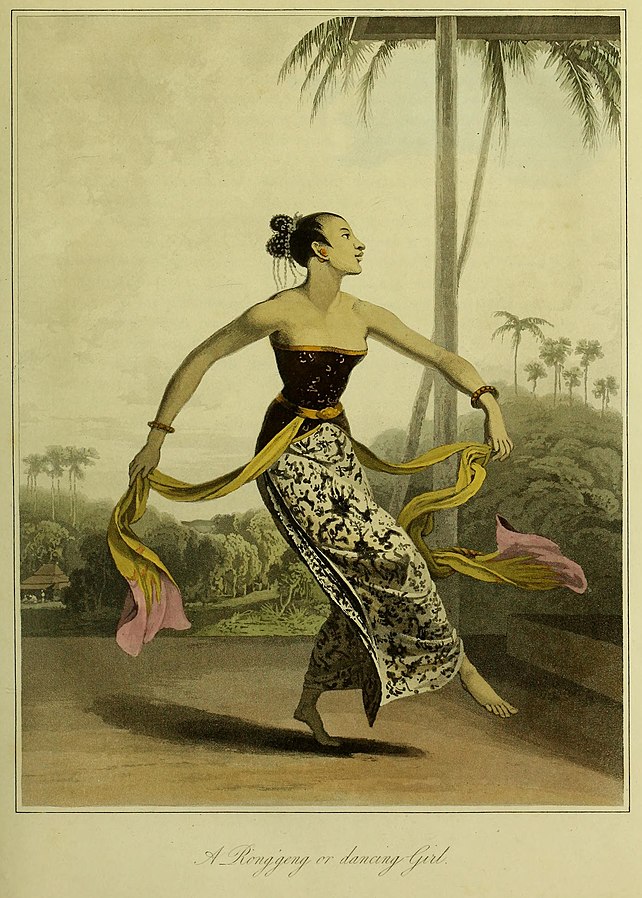
While such clubs may not exist today, Kuala Lumpur offers many burrows of jazz bars and music festivals for you to discover. One of the best places to go is Jao Tim, located on Jalan Sultan. The venue hosts a variety of shows in both daytime and nighttime slots very often, tickets to which can be found on their website. BoboKL, located in Bangsar, is another venue that showcases jazz performances regularly in their dim and cosy space, reminiscent of a speakeasy. So on a night you’re in need of a nice drink – and perhaps a break from the ordinary – take a chance and discover the uniquely local magic of jazz in Malaysia.
Written by Katrina Ling
"ExpatGo welcomes and encourages comments, input, and divergent opinions. However, we kindly request that you use suitable language in your comments, and refrain from any sort of personal attack, hate speech, or disparaging rhetoric. Comments not in line with this are subject to removal from the site. "


